
Japan succeeds despite not spending too much money on football - Photo: TKN
Saudi Arabia, from a familiar face of the World Cup...
Among them, Qatar and Saudi Arabia are the teams that have been present at the 2022 World Cup. With Qatar as the host. Saudi Arabia automatically won the official ticket (after the third round of qualifying matches).
It is strange that the World Cup has now been expanded. Although the official number of tickets for Asia has increased from 4 to 8, the two giants of the continent have not been able to get early tickets to the US next summer.
And it is even more strange when you look at the amount of money both countries have poured into football over the past decades. But both still have to "breathe smoke" from the slow but steady footballing nations - like Japan, South Korea, or even Uzbekistan.
Transfermarkt statistics show that the total value of players in the Saudi Pro League - with 18 clubs - is 1.14 billion euros. Qatar - with 12 teams also has a total value of up to 403 million euros. The corresponding figure for the UAE Pro League with 14 clubs is 367 million euros.
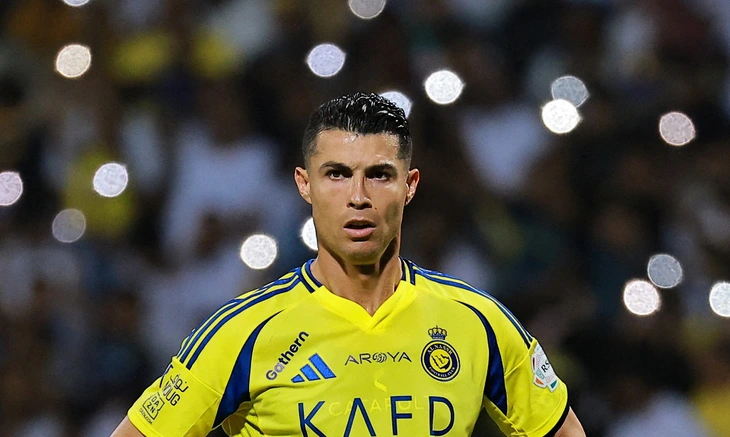
Ronaldo has not been able to help Saudi Arabian football improve its quality - Photo: REUTERS
Meanwhile, J League 1 with a scale of up to 20 clubs has a player value of only 302 million euros. The figure for K League 1 (12 clubs) is even lower, with 137 million euros.
But that's not enough to tell the difference between Japanese, Korean and Middle Eastern football. It's the player salaries that really tell the story.
Footystats statistics show that with 396 players, the total salary fund of 18 Saudi Pro League clubs is 1.42 billion euros. And the average salary per player is up to 3.61 million euros/year.
The average salary of players playing in J League 1 is only 210,000 euros/year, less than 10% of Saudi Arabia.
In just the past three years, Saudi Arabia's football world has spent billions of euros on a shopping spree of stars from Europe, South America and Africa.
Unlike China or the UAE, Saudi Arabia does not pursue naturalization. They do not need to do so because Saudi Arabia has been a World Cup regular for decades.
But with Ronaldo, Benzema, Kante..., Saudi Arabian football is expected to improve significantly in quality, when players rub shoulders with world- class superstars every week, work with famous coaches...
It is a long road, with a multi-year strategic significance. But for now, Saudi Arabia has really reaped nothing after 3 years of massive investment.

Saudi Arabia (right) now has to play the 4th qualifying round - Photo: BOLA
At the tournament level, Saudi Pro League matches are back to being sparsely attended despite Ronaldo playing, scoring and "super" every week.
At the national team level, Saudi Arabia has seriously regressed. From regularly winning official spots after 3 qualifying rounds, Saudi Arabia now has to play in the 4th qualifying round.
If FIFA does not expand the scale of the 2026 World Cup, Saudi Arabia will lose its ticket to the world football festival.
It is unclear where Saudi Arabia’s long-term strategy will take football. But in the short term, they have regressed alarmingly after spending around 10 billion euros on the transfer market and paying foreign stars in the past 3 years.
Lessons in naturalization
Saudi Arabia's strategy is actually a learning experience from many football lessons from China, UAE...
Since 2015, China has spent more than 25 billion euros on football. That figure includes transfer fees, player salaries, infrastructure...
But their project called "World Cup 2050 champion" is now considered a joke, even though the project has only entered phase 2.
China did not even make it to the fourth stage of World Cup qualifying, losing to Indonesia.
Compared to China, the UAE has chosen a similar path, but on a smaller scale. Over the past 10 years, this Middle Eastern football region has also spent billions of euros on foreign players, while also implementing a naturalization strategy.
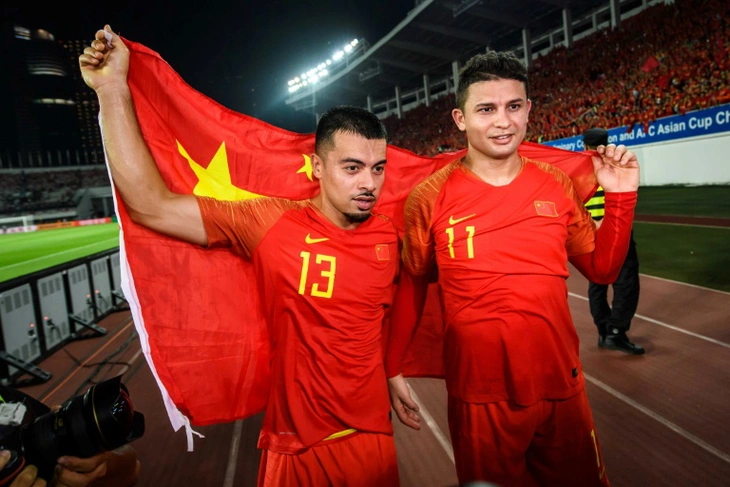
China is going nowhere with its naturalized stars from Brazil - Photo: REUTERS
As a result, at present, half of the UAE team are naturalized foreigners. Players with no UAE roots, and most of them come from Brazil.
Most of them become UAE citizens after spending 5 years playing football in this country. Of the two popular naturalization paths, this is considered a cumbersome and expensive policy.
UAE clubs have to pay millions of euros to each of these players for at least five years. And then when they are eligible for naturalization, most of them are in their 30s, with many risks of losing their form.
That is why, despite pursuing the policy of naturalizing players without origin for many years, the UAE, Qatar and China still cannot reach the top level.
Those are rich football countries, while for less resourceful football countries like Indonesia or Malaysia, they choose to naturalize players with origins and bloodlines from their grandparents and parents.
Indonesia has enjoyed some success, with the advantage of a nation with deep cultural ties to a powerful football nation - the Netherlands.
But not everyone is lucky enough to have that advantage. The naturalization of foreign stars like that was previously only popular in Africa, which is also closely linked to English and French football...
There are no shortcuts.
And then Malaysia became a new lesson in football, a lesson for greed. Trying to take shortcuts, even though that path is not suitable for them.
The current Malaysian scandal has left the football world feeling frustrated. It is a feeling of frustration after witnessing too many football lessons from China, UAE and even Saudi Arabia.
Football has long been recognized as an extremely complex professional sport , with similarities to social structures.
To develop football, a country often has to invest in infrastructure development, develop school sports systems, then find outlets, build a solid tournament system...
There are too many problems to be solved simply by dreaming of money, a short-term strategy, or a shortcut.
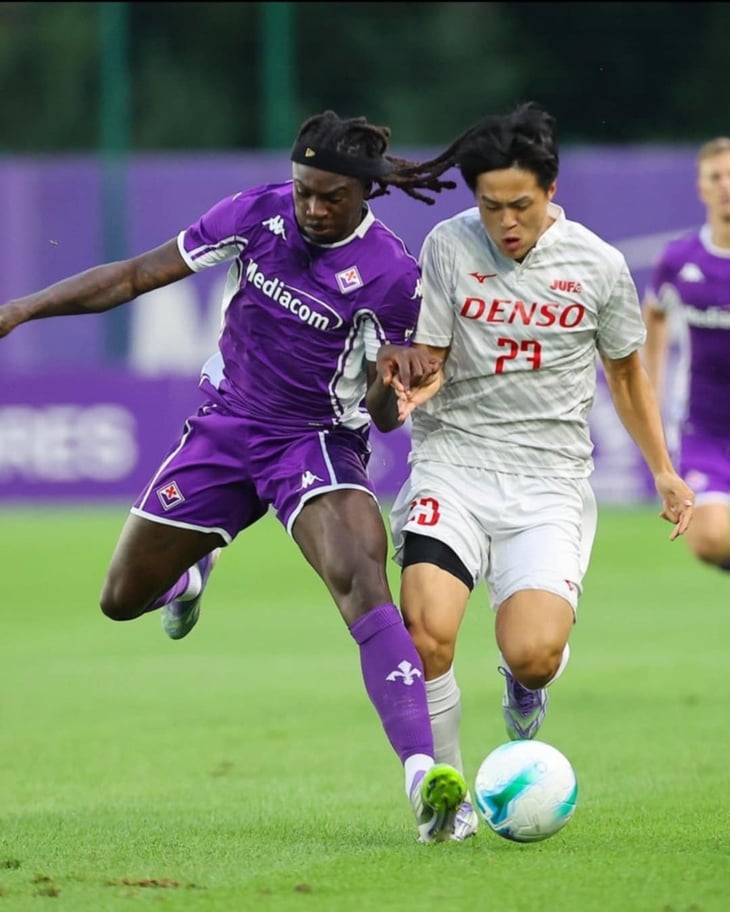
Japan's student football team causes shock in Europe - Photo: TN
Two months ago, a Japanese student football team (made up of some of the strongest university teams) shocked Europe when they toured Italy, where they played on par with Serie A clubs.
It's a small detail that reflects the overall picture of Japanese football, a football with so much depth that it can use a student team to demonstrate world-class quality.
Japan does not invest in the player market, does not pay top superstars (there are some, but very few), almost says no to the naturalization policy, and also does not build large, flashy stadiums...
But they still qualified for the World Cup with ease, and promise to dominate top football again next summer.
Source: https://tuoitre.vn/muon-den-world-cup-hay-hoc-nhat-ban-thay-vi-di-duong-tat-20251008100310419.htm


![[Photo] Prime Minister Pham Minh Chinh attends the World Congress of the International Federation of Freight Forwarders and Transport Associations - FIATA](https://vphoto.vietnam.vn/thumb/1200x675/vietnam/resource/IMAGE/2025/10/08/1759936077106_dsc-0434-jpg.webp)

![[Photo] Prime Minister Pham Minh Chinh inspects and directs the work of overcoming the consequences of floods after the storm in Thai Nguyen](https://vphoto.vietnam.vn/thumb/1200x675/vietnam/resource/IMAGE/2025/10/08/1759930075451_dsc-9441-jpg.webp)





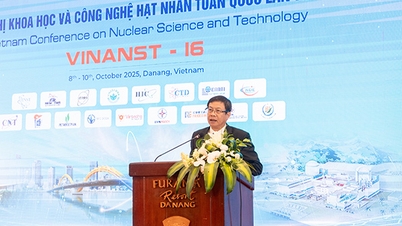

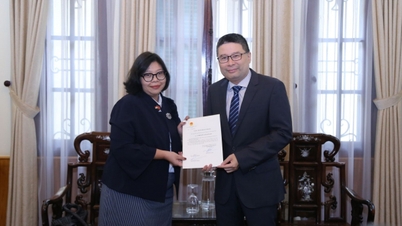





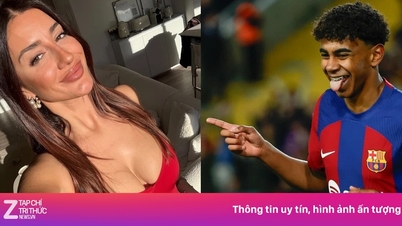




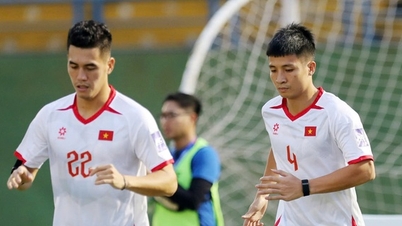









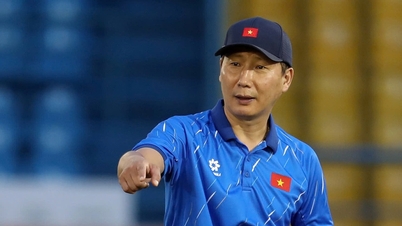

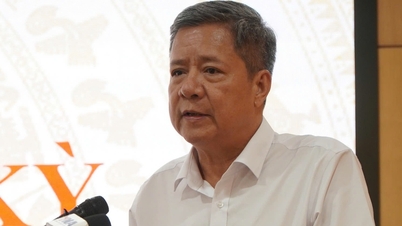
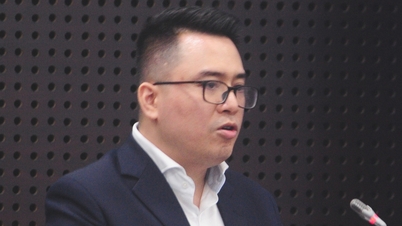
![[Photo] Closing of the 13th Conference of the 13th Party Central Committee](https://vphoto.vietnam.vn/thumb/1200x675/vietnam/resource/IMAGE/2025/10/08/1759893763535_ndo_br_a3-bnd-2504-jpg.webp)


































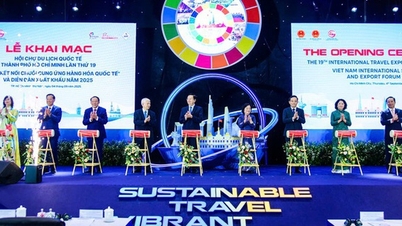








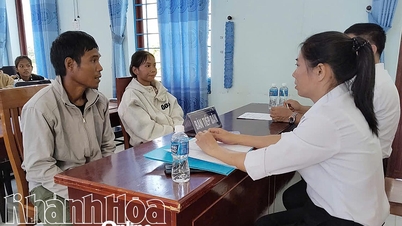




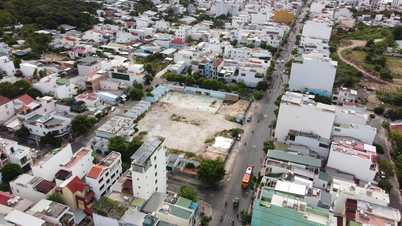















Comment (0)